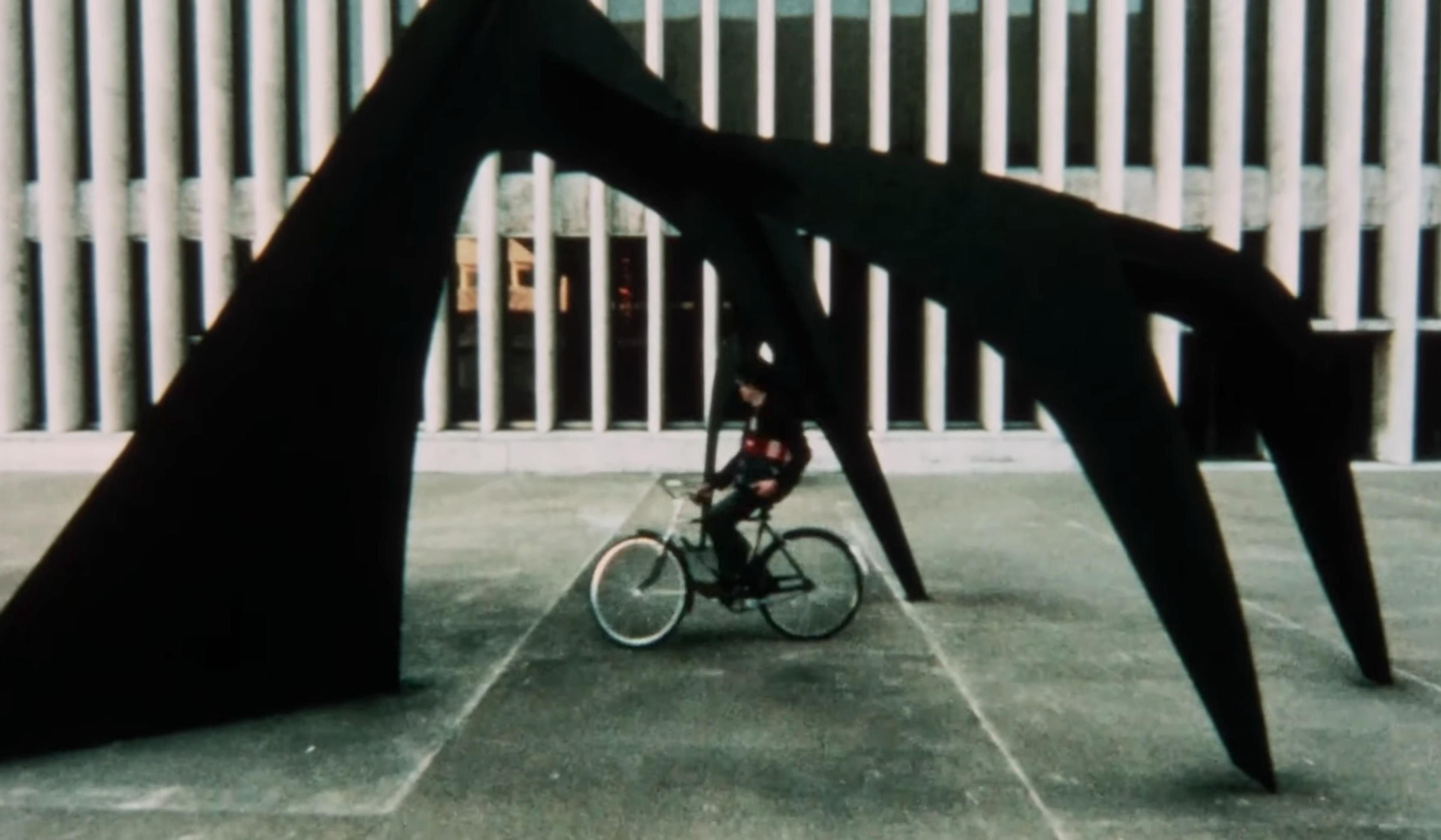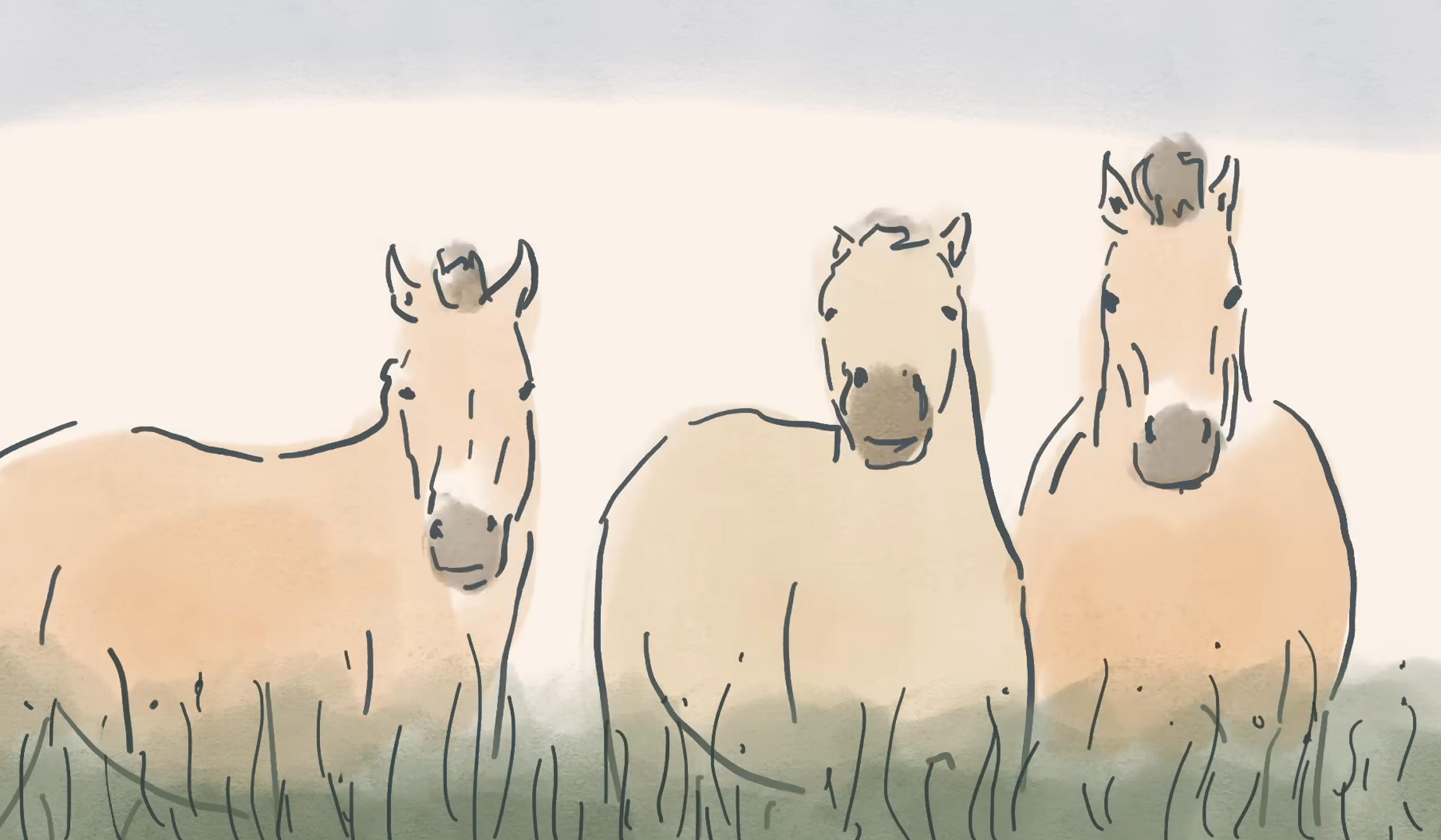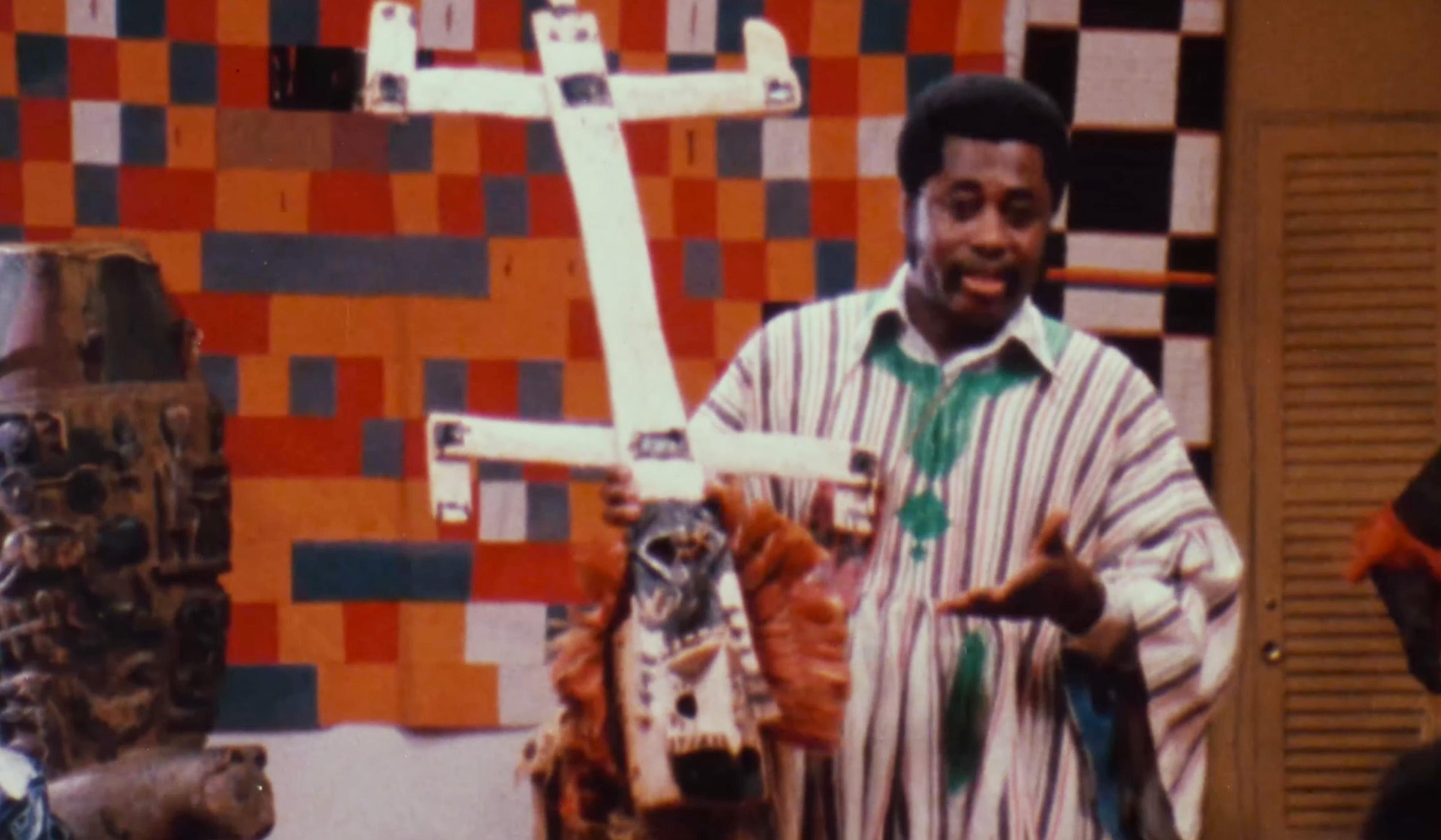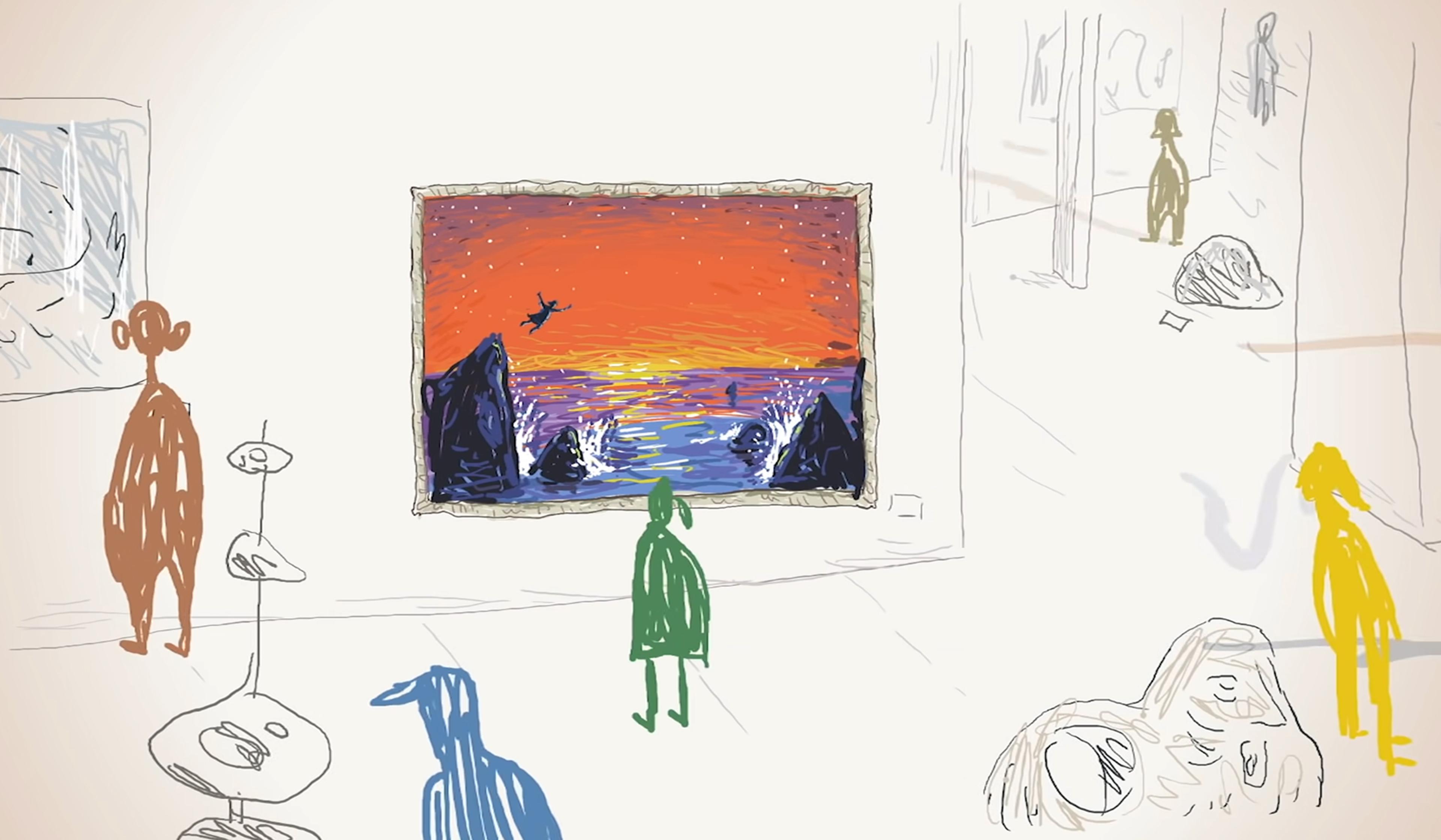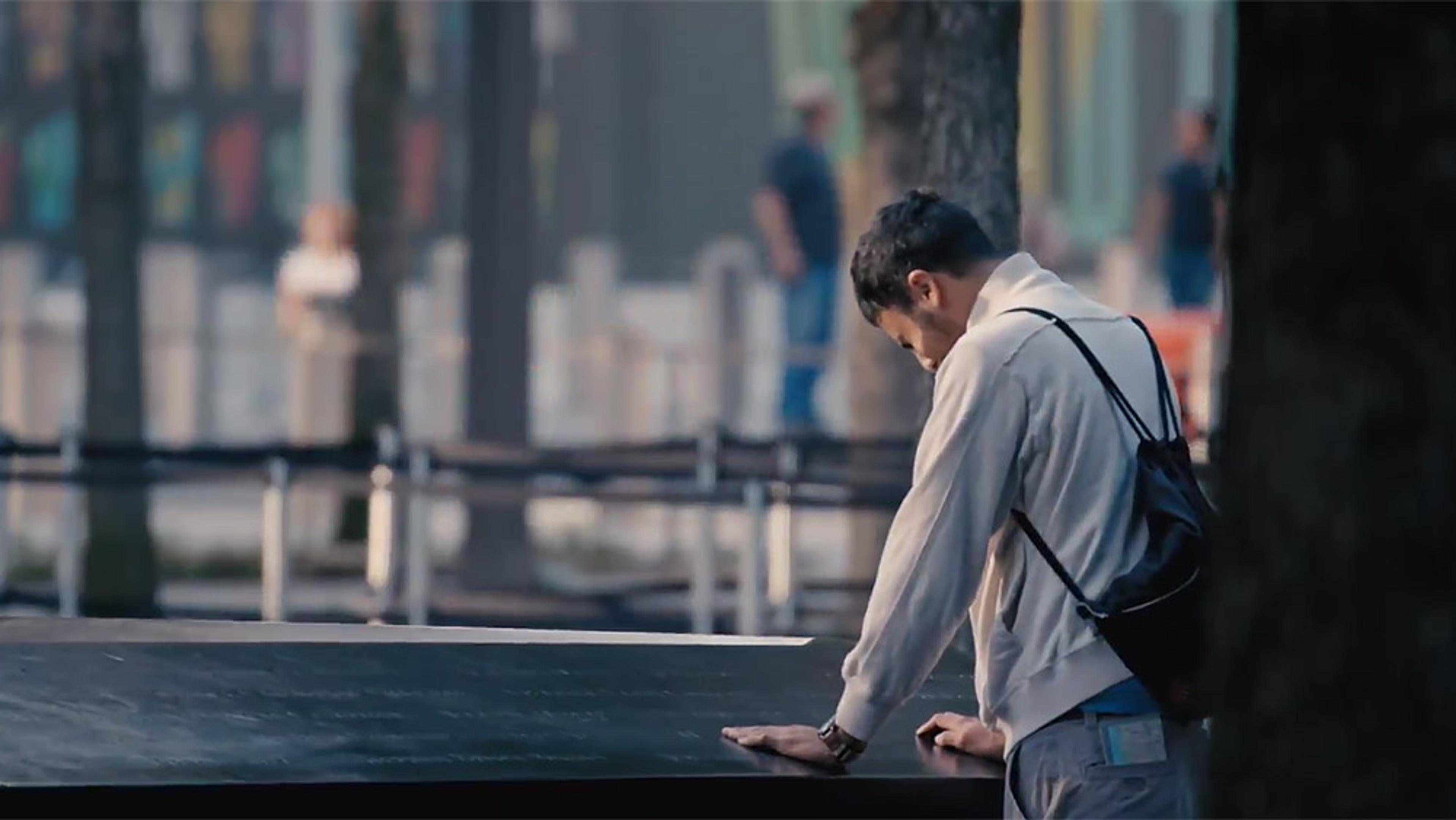The ‘Equestrian Statue of Theodore Roosevelt’ was commissioned by the City of New York to stand in front of the American Museum of Natural History in 1925, and was finally unveiled to the public in 1940. A co-founder of the museum and avid outdoorsman, Roosevelt’s commitment to conservation was reflected in many of his policies as president, including the vast expansion of national parks, forests and monuments. But despite his contributions to the field of natural history, the statue – depicting a horseback Roosevelt flanked by a Native American figure and an African figure – has been controversial for decades, with detractors arguing that it’s a monument to white supremacy. Further complicating its symbolism are Roosevelt’s recorded views on race, which were in some ways progressive for a white man of his time, but would today be condemned as unequivocally racist.
Released by the American Museum of Natural History in 2019 – prior to the institution’s decision to remove the statue in the wake of the George Floyd protests in June 2020 – this short film was created to help contextualise the work for museum visitors. Leading scholars in the fields of art, history and African and Native American studies weigh in on the sculpture’s intended and perceived meanings – alongside museum visitors, many of whom are relaying their first impressions of the monument. The resulting short is captivating both as a history and as a reading of the wider cultural moment, in which institutions are being forced to grapple with their legacies, and governments are reassessing who and what should be celebrated in public spaces.

